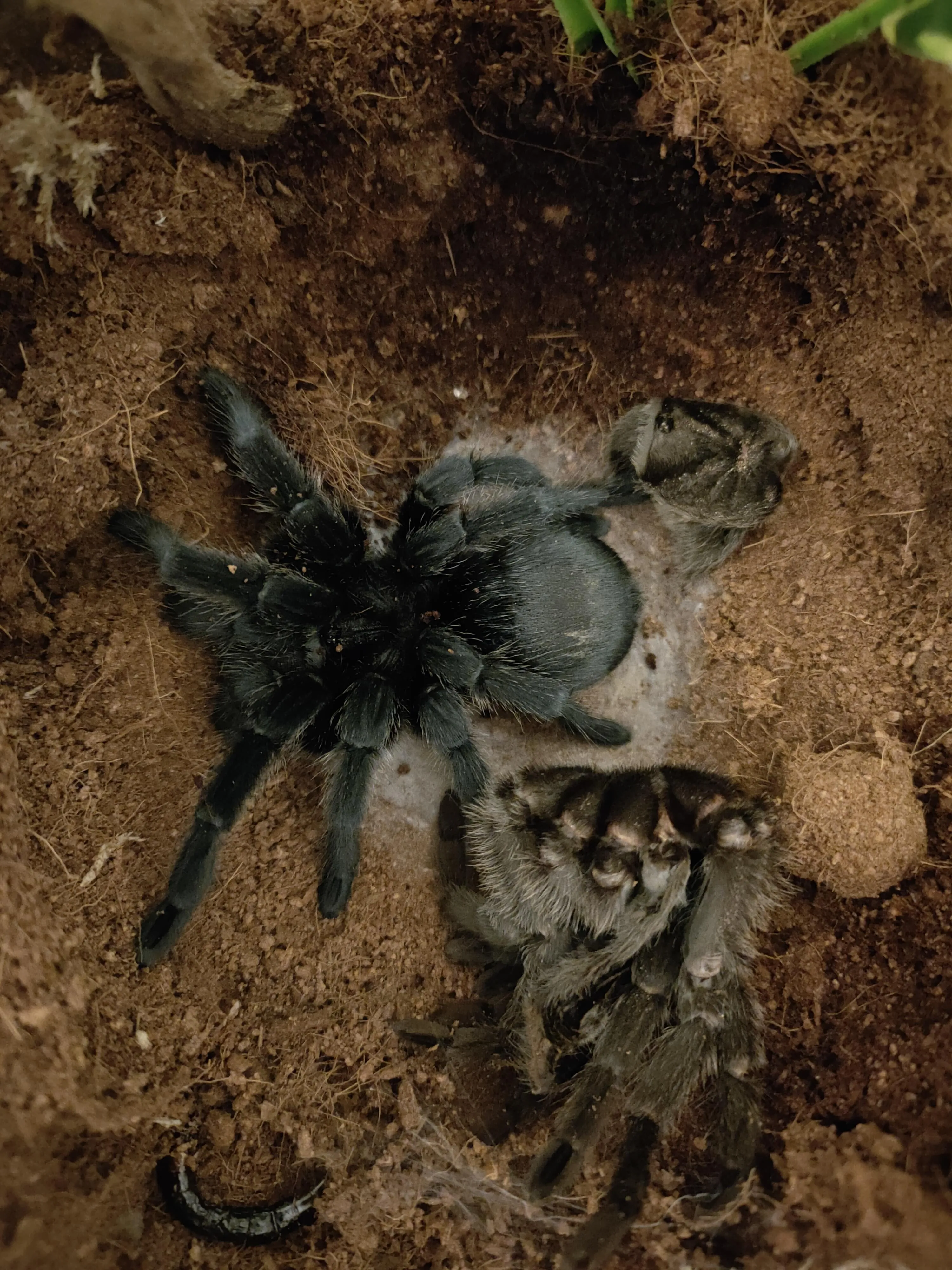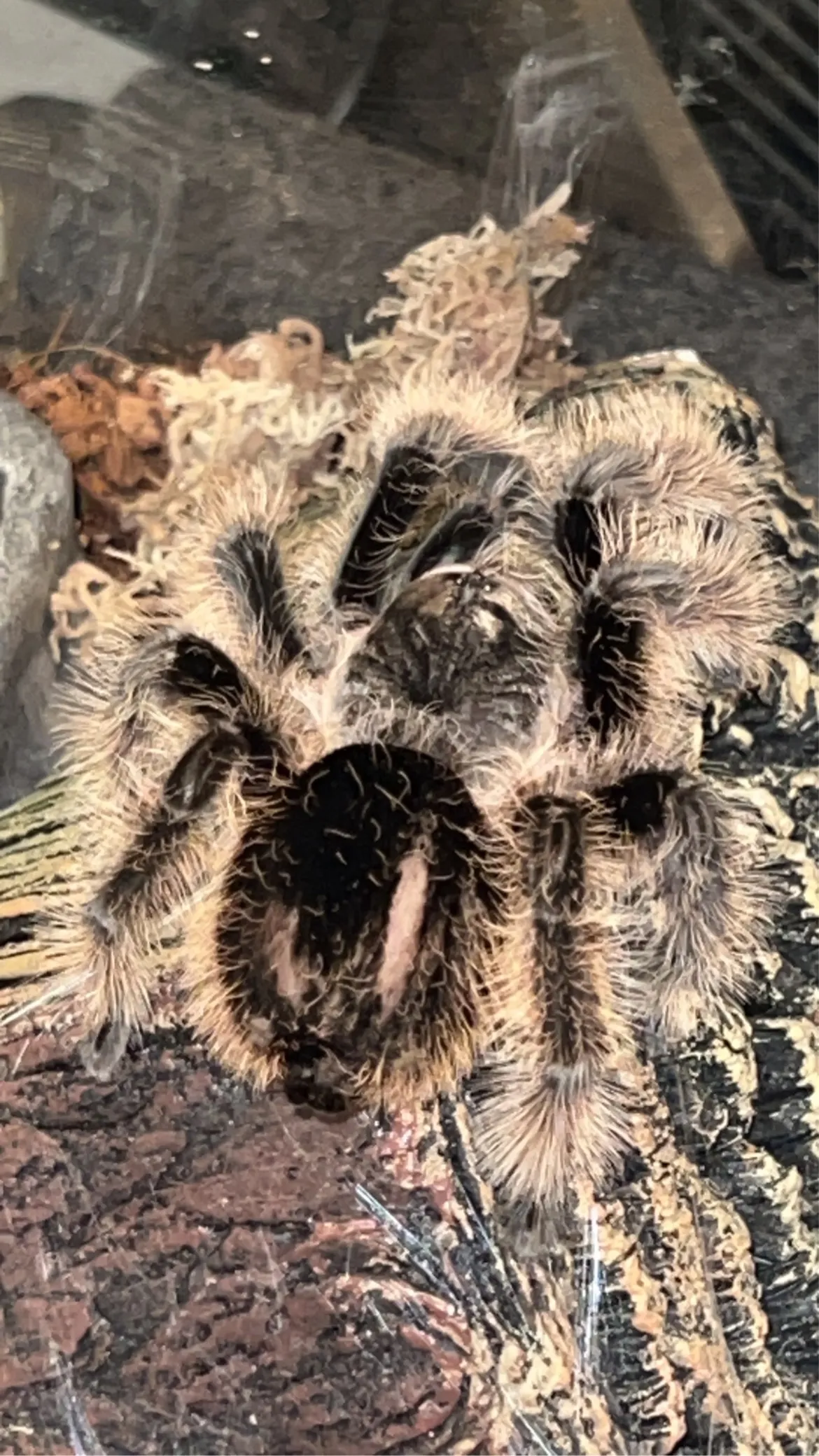What is a Tarantula Molt Abdomen?
The tarantula molt abdomen is a fascinating aspect of these creatures’ life cycle, representing a complete shedding of the outer exoskeleton. This process, also known as ecdysis, is crucial for tarantulas to grow, repair injuries, and replace worn or damaged structures. The exoskeleton, primarily composed of chitin, doesn’t grow, so tarantulas must shed it periodically. The abdomen, being a significant part of the tarantula’s body, undergoes a complete renewal during molting. This shed exoskeleton reveals a fresh, vibrant, and larger body underneath. Understanding the molt abdomen gives insight into the health and life stage of a tarantula, allowing keepers to provide the best possible care. The molt abdomen can provide clues about the tarantula’s feeding habits, hydration, and overall well-being, making it an important area to observe and learn about.
The Process of Molting
Molting is a complex and energy-intensive process for tarantulas. It begins with the formation of a new, soft exoskeleton beneath the old one. As the new exoskeleton develops, the tarantula will stop eating and become less active. The old exoskeleton begins to separate from the underlying tissues. Before the molt, tarantulas often create a molting mat of silk, which can provide better grip during the process. The tarantula then flips onto its back, a vulnerable position, and begins to extract itself from the old exoskeleton. The abdomen, being a flexible and soft part, is usually one of the last sections to be freed. Once the tarantula fully extracts itself, it’s left with a perfectly formed, but empty, exoskeleton. The whole process can take anywhere from a few minutes to several hours, depending on the tarantula’s size and health.
Preparing for the Molt

Proper preparation is essential to ensure a successful molt. Maintain optimal humidity levels in the enclosure, as this aids in the molting process. Ensure the tarantula has access to clean water to stay hydrated. Avoid disturbing the tarantula during pre-molt, as they are very sensitive. Keep the enclosure free of any potential hazards, such as loose decorations or sharp objects, which could cause injury during the molt. The tarantula will often stop eating a few days to weeks before molting. Do not force feed or handle the tarantula during this time. Observe the tarantula’s behavior closely, and make necessary adjustments to the environment. Also, ensure the substrate depth is sufficient for the tarantula to flip over easily during the molt, especially for terrestrial species. The more prepared the tarantula, the higher the chances of a successful molt.
Signs Your Tarantula is About to Molt
Several signs can indicate an upcoming molt. One of the most common is a change in the tarantula’s behavior; it may become less active and spend more time in its burrow or hiding spot. The abdomen might appear darker or have a dull, opaque appearance. The tarantula may refuse food for several weeks leading up to the molt. A bald spot on the abdomen is also a strong indicator, as the setae (small hairs) are often lost in preparation. The tarantula’s legs and pedipalps might also appear thicker, and the joints might seem more prominent. A molting mat may also be built by the tarantula near or in its hideout. By observing these signs, keepers can prepare accordingly and ensure a safe and stress-free molting experience for their tarantula. Recognizing these signs can prevent unnecessary handling and stress.
Examining the Molted Abdomen
Once the molt is complete, the shed exoskeleton can provide valuable information about the tarantula’s health. The abdomen should be examined closely for any signs of parasites, injuries, or deformities. The coloration and texture of the exoskeleton can provide insights into the tarantula’s overall condition and molting cycle. In the case of females, examining the spermathecae in the molt can reveal if she is mature enough to breed. Always handle the molt gently, as it is a fragile specimen. It’s also helpful to save the molt, which can serve as a record of the tarantula’s growth and development. Comparing the size and appearance of the molt over time can provide valuable insights into the health of the tarantula. Always ensure your hands are clean when handling the molt.
Understanding the Abdomen’s Role

The abdomen is a crucial part of the tarantula’s anatomy. It houses the majority of the tarantula’s internal organs, including the heart, digestive system, and reproductive organs. It plays a significant role in respiration and circulation, and it’s responsible for the silk production. The abdomen’s size and shape can also indicate its overall health; a well-fed tarantula will have a plump abdomen, while a dehydrated or malnourished one might have a shrunken appearance. The abdomen also expands to accommodate eggs in females and is the site where spermathecae are found. By understanding the role of the abdomen, one can better appreciate the importance of proper care and husbandry to maintain a healthy and thriving tarantula. Proper care of the abdomen directly influences the tarantula’s health.
Common Issues and Concerns
Several issues can arise during molting, and many are related to the abdomen. One common problem is a failed molt, where the tarantula gets stuck in its old exoskeleton. This can be caused by low humidity, injuries, or other health issues. Another issue is dehydration, which can make it difficult for the tarantula to extract itself from the old exoskeleton. Injuries during the molting process can also be a concern. Providing a safe environment and proper husbandry can help minimize these risks. Sometimes, parasites can infest the old exoskeleton. Keepers should be vigilant and address any health concerns quickly. If any issues are detected, seek expert advice from a veterinarian specializing in invertebrates, as it can be a sign of underlying health problems. Prompt attention and care can greatly impact the tarantula’s health.
Post-Molt Care for Your Tarantula
After the molt, the tarantula is very vulnerable. The new exoskeleton is soft and delicate, and the tarantula’s fangs are also soft, so avoid handling it for several days or even weeks. Provide plenty of clean water and ensure the humidity level is appropriate for the species. The tarantula will typically eat a lot after molting, so offer food after a week or so. The color of the tarantula will become more vibrant after molting, so provide the best care. Give the tarantula time to adjust to its new, larger size. Avoid disturbing the tarantula, and let it settle back into its routine. A well-cared-for tarantula will thrive and exhibit the beauty of its renewed body. With the right care, tarantulas can live long, healthy lives.
